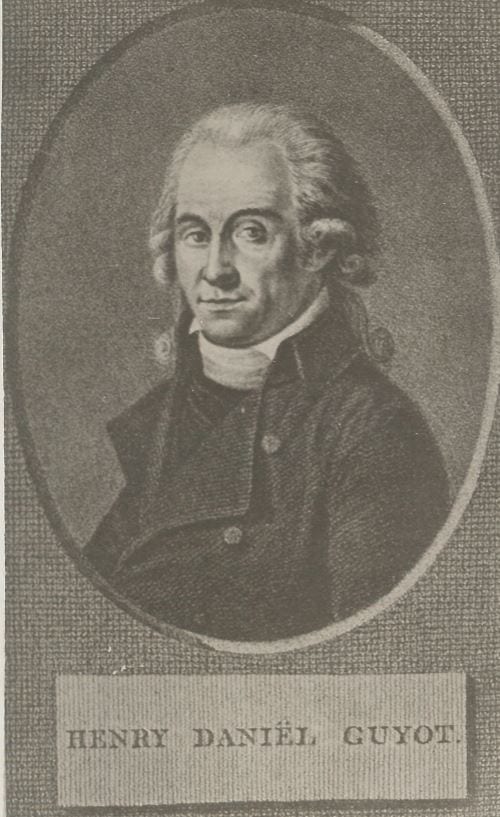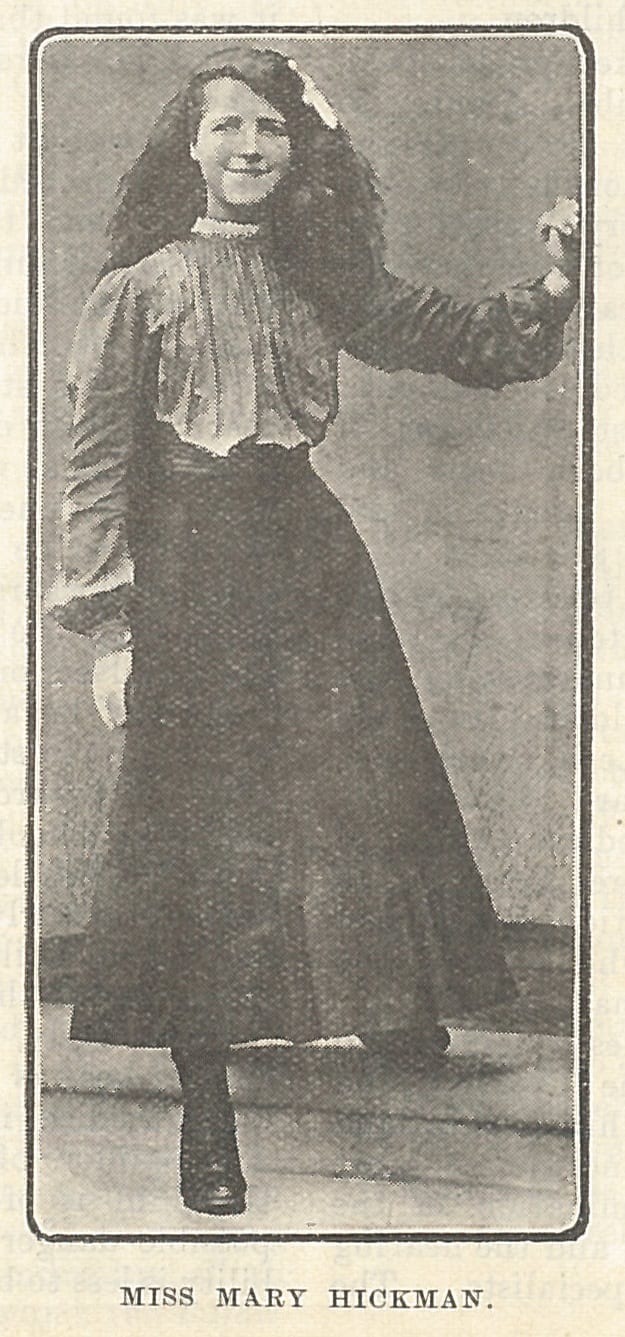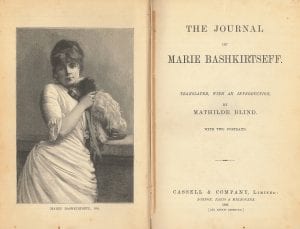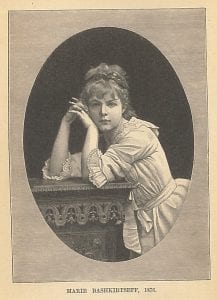From Oralism to Sign Language – Missioner J.B. Foster -“deaf due to a severe shock to his nervous system”
By H Dominic W Stiles, on 1 February 2019
 Joseph Bradley Foster (1863-1940) was born in Edinburgh, son of Joseph Foster, a ‘commercial agent,’ and Emily Ann Foster. There were at least eight children. When he was about eighteen months old, “he became deaf due to a severe shock to his nervous system” (quoted in Our Monthly Church Messenger to the Deaf, 1894 p.109-10, which I follow closely, along with the BDT article). Note how the author says ‘became deaf,’ rather than ‘lost his hearing,’ which is a subtle but interesting difference.
Joseph Bradley Foster (1863-1940) was born in Edinburgh, son of Joseph Foster, a ‘commercial agent,’ and Emily Ann Foster. There were at least eight children. When he was about eighteen months old, “he became deaf due to a severe shock to his nervous system” (quoted in Our Monthly Church Messenger to the Deaf, 1894 p.109-10, which I follow closely, along with the BDT article). Note how the author says ‘became deaf,’ rather than ‘lost his hearing,’ which is a subtle but interesting difference.
When he was five, his family moved to Glasgow. We are told that from there he was sent to New Barnet and London, to be educated by Mr. Van Asch, the teacher who was the first to introduce the German or Oral system of education (ibid, & British Deaf Times 1934, p.29). He remained with Van Asch for about six years or four years, depending on the two articles and presumably his memory when interviewed, and then attended an academy for hearing pupils in Glasgow. He was considered one of Van Asch’s best pupils (British Deaf Times).
He became apprenticed aged 16 (1879/80) to a Glasgow printer or ‘Lithographic Artist,’ as it says on the 1881 census. At that time (and in 1891) the family lived in No 32 Queen Square, Kinning Park, which looks to be a pretty row of stone houses in the Govan area. Attending local Deaf social gatherings it seems that Joseph then came across sign language for the first time. He joined eagerly in with the mission as an assistant to James Muir, and learnt sign language. Gradually the mission work became more important to him, and he was appointed missioner in North and East Lancashire in 1892, before moving on to Carlisle.
The article tells us that he could
articulate very plainly, and is a skilful lipreader. Through Mr. Henderson, of Glasgow, his views on the utility of the Oral system were laid before the Royal Commission, and, from his own perspective, Mr. Foster showed very clearly that, although it was in many cases a most useful accomplishment, it was of comparatively little value to the deaf in general.
On the 6th of September, 1899, Foster married a Deaf lady, Bessie Wolfenden (1873-1904), daughter of a brewer/’hotel proprietor’ (publican), Robert Wolfenden. Bessie was being boarded out when she was seven, with her brother and two sisters. At the time of her marriage she was living in Dale Street, Lancaster, while Joseph’s address was in Carlisle. Perhaps they had met some years before, when he was the local missioner? In 1901, when they were in Rickergate, Carlisle, they had a daughter, Gertrude B. Foster, two months old at the time of the census. Joseph and Bessie are both described as ‘Deaf’ but they had servants, including one who was ‘Deaf and Dumb,’ Mary Ostell, born in Whitehaven in 1879. Mary’s mother Annie Ostell (b.ca 1854) was also ‘Deaf and Dumb’ according to the 1881 census. The 1911 census does not say Annie Ostell was Deaf, but does say her eighteen year old lodger, Thomas Cunnings, was. ‘Deaf and Dumb.’ Was the 1881 record meant to say deaf after Mary’s name? There is clearing an interesting web of connections for someone to explore.
Sadly, Bessie died only a few years later, in 1904.
Foster later worked as a missioner in Leicester (1905-12/13), Oxford (1912/13-18), where he gave Selwyn Oxley ‘some insight into mission work,’ Gloucester (1918-23) and Exeter, where his assistant Mr. Dodds was headmaster at the Deaf School. In the 1939 Register he was living in retirement in with his sister Lilian and daughter Gertrude. He died in 1940 it seems, in Honiton.*
 *unless I have the wrong J.B. Foster
*unless I have the wrong J.B. Foster
Our Monthly Church Messenger to the Deaf, 1894 p.109-10
Retirement of Mr J.B. Foster. British Deaf Times, 1934, Mar-Apr, 29-30
Census 1881 Scotland – Parish: Glasgow Kinning Park; ED: 35; Page: 11; Line: 3; Roll: cssct1881_251
Census 1891 Scotland – Parish: Glasgow Govan; ED: 35; Page: 10; Line: 8; Roll: CSSCT1891_298
1901 Census – Class: RG13; Piece: 4867; Folio: 165; Page: 34
1911 Census – Class: RG14; Piece: 19314
Bessie Wolfenden
1881 Census – Class: RG11; Piece: 4270; Folio: 64; Page: 10; GSU roll: 1342021
1891 Census – Class: RG12; Piece: 3466; Folio: 42A; Page: 31
Mary and Annie Ostell
1881 Census – Class: RG11; Piece: 5160; Folio: 35; Page: 6; GSU roll: 1342245
1911 Census – Class: RG14; Piece: 31307
 Close
Close


























